
Further, after the introduction of the pneumococcal conjugate vaccine 10, investigators note a decrease of infections caused by multidrug resistance infection.

Further, after the introduction of the pneumococcal conjugate vaccine 10, investigators note a decrease of infections caused by multidrug resistance infection.
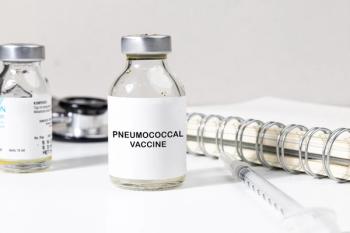
Using the Vaccine Adverse Event Reporting System database, researchers address adverse events following pneumococcal vaccination, as well as the association between adverse events and vaccine administration.
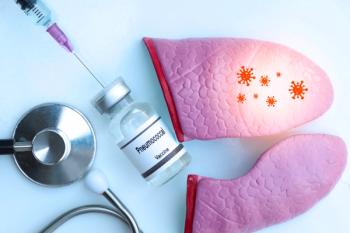
Merck’s pneumococcal 21-valent conjugate vaccine was noninferior to the pneumococcal 23-valent polysaccharide vaccine for all 12 shared serotypes and superior to 9 unique serotypes.
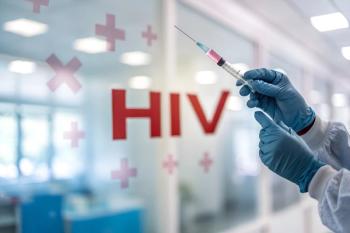
Due to an increased risk of vaccine-preventable diseases, researchers explore pneumococcal, COVID-19, and influenza vaccine coverage among people living with HIV in Belgium.

Exploring the influences of pneumococcal disease mortality and events of the COVID-19 pandemic, researchers investigate changes in US pneumococcus survival rates since 2020.
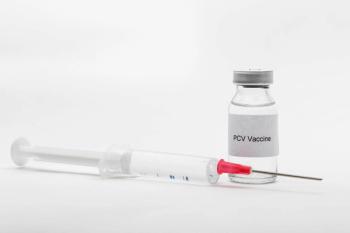
Researchers explored the impact of PCV10 on the distribution of invasive pneumococcal disease serotypes among patients in Lithuania.

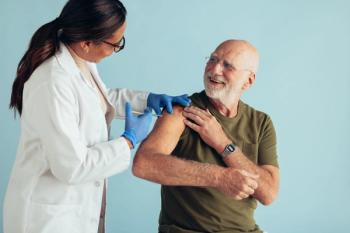
Simultaneous vaccination with IIV4 and PPSV23 proves safe and effective for patients with chronic diseases, matching results of healthy individuals.
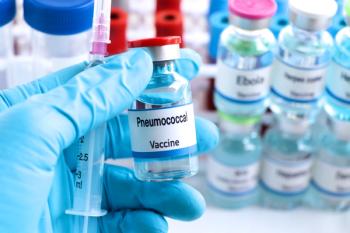
Investigators find a large burden of hospitalization due to community-acquired pneumonia (CAP) for adults in the US, mainly caused by Streptococcus pneumoniae.
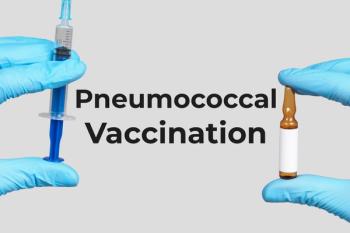
Among rural community pharmacies in the US, researchers explored pneumococcal immunization services, the processes used to identify patient eligibility, and the barriers to vaccine administration.

Among pediatric patients in Colombia, researchers explored the prevalence of bacterial acute otitis media caused by Streptococcus pneumoniae.

New research findings reveal amoxicillin's effectiveness varies in treating invasive pneumococcal disease, highlighting the importance of patient-specific factors in antibiotic therapy.
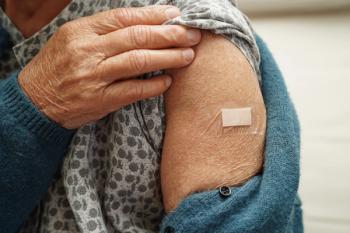
Older adults are more likely to have chronic diseases, such as lung or heart disease, which makes them more susceptible to invasive pneumococcal disease.

Researchers conducted a retrospective cohort study to understand pneumococcal disease patterns, vaccine coverage, and the overall burden of the disease in adults in France.

Recent data highlight the importance of implementing strategies to improve vaccine uptake.

Researchers determined the impact COVID-19 interventions had on Danish children’s incidence of RSV, influenza, and invasive pneumococcal disease.
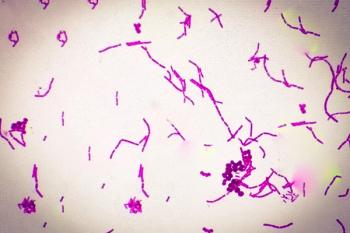
Researchers explored the incidence of pneumococcal hemolytic uremic syndrome in children living in Sweden from January 2009 to December 2024.
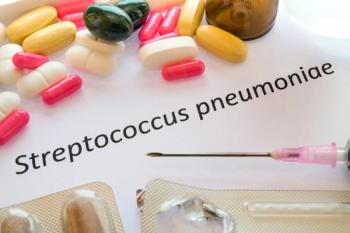
Researchers conducted a review that provided updated evidence regarding the pneumococcal disease burden, the evolution of pneumococcal vaccines, and the latest immunization strategies.
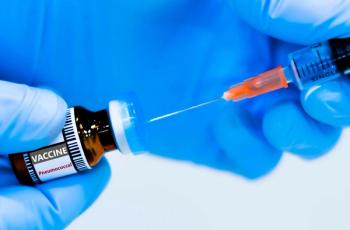
The Advisory Committee on Immunization Practices voted to lower the pneumococcal recommendation to 50 years in October 2024.
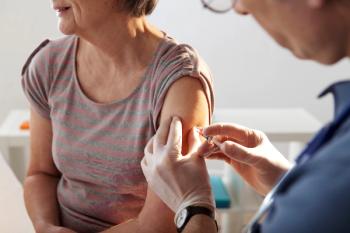
The most common barriers to vaccination included finances, logistics, availability of information, and hesitancy or refusal.
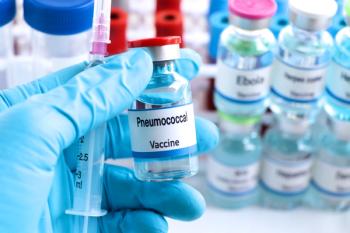
Invasive pneumococcal disease is a cause of morbidity and mortality in the US, despite the availability of vaccination against the disease.

V116 is noninferior to 23-valent pneumococcal polysaccharide vaccine (PPSV23) for all 12 common serotypes and superior to 9 unique serotypes.

Researchers estimate the cost-effectiveness of PCV24 in the older adult population compared with the currently accepted pneumococcal vaccine schedules in the US.
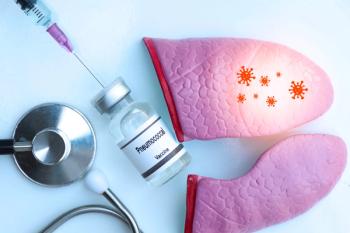
Researchers wanted to better understand prescribing patterns of pneumococcal vaccines for people living with HIV in a tertiary care hospital.

Patients with psychosis, depression, and anxiety exhibit higher rates of vaccine hesitancy.